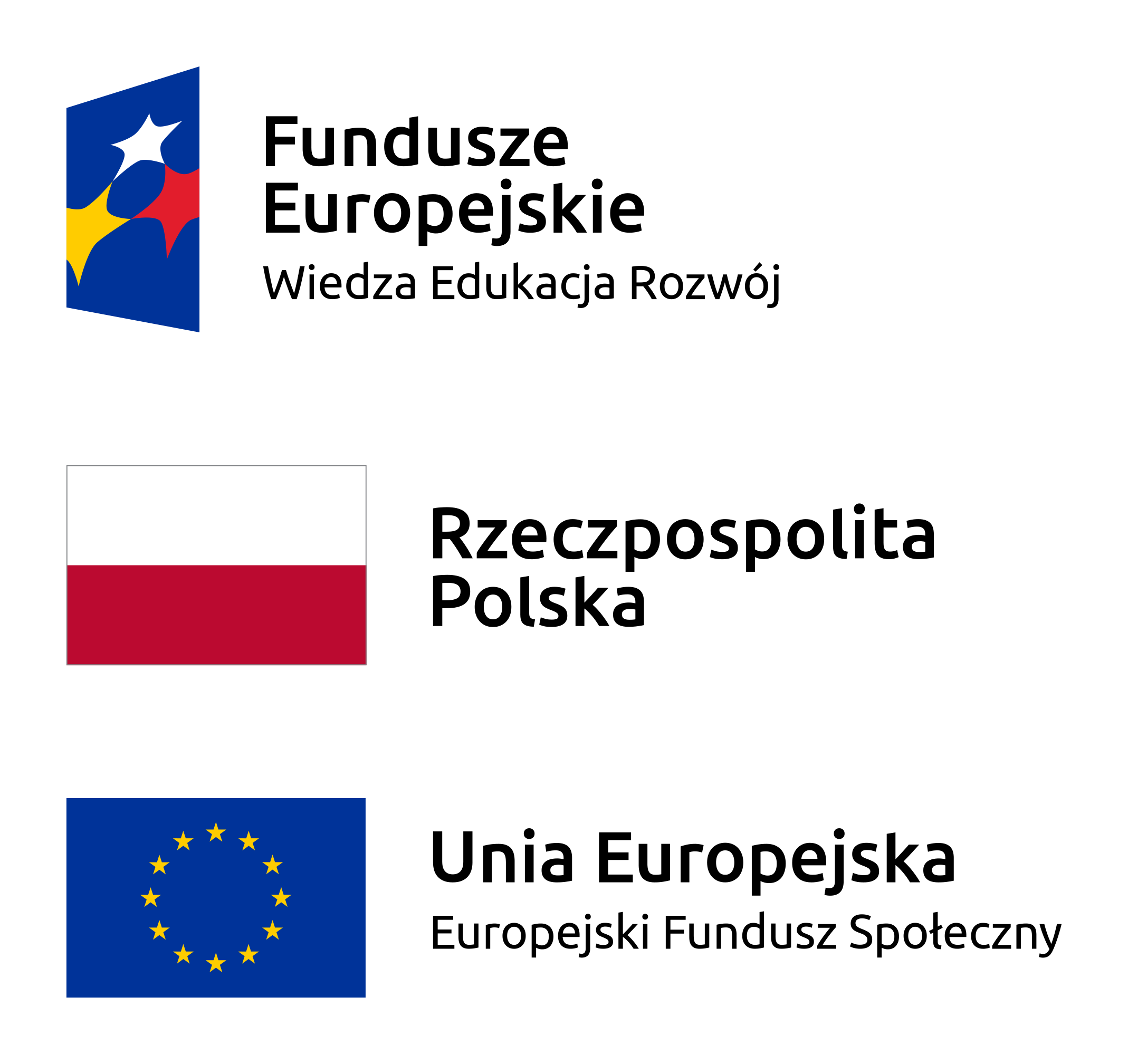Zaproszeni zostaną specjaliści z zakresu inżynierii materiałowej i inżynierii biomedycznej, którzy poprowadzą zajęcia z podstawowych technik mikroskopowych, w tym mikroskopii AFM i mikroskopii konfokalnej.
Syllabus of the e-learning units
proposed by Dr. Marco Salerno for the University of Silesia in Katowice
1. Atomic Force Microscopy: sensing surface forces with sub-diffraction spatial resolution, (14 hrs)
Scanning probe microscopy: evolution of different types; focus on the atomic force microscope:
super-resolved 3D mapping of surface morphology.
Digital image processing and analysis of 3D AFM images: examples with Gwyddion.
The AFM as a force sensor: tip-sample forces close to contact: intra-molecular forces, electric
dipoles; inter-molecular forces, physical models: ion-dipoles, Keesom and London force.
Tip-sample forces in contact: Hamaker constant; surface energy; contact models of Hertz, JKR,
DMT; water capillary force.
Force spectroscopy: from force-distance to force-indentation; stiffness, adhesion, friction maps.
Image artefacts.
Dynamic AFM in detail: the point mass oscillator model: free and interacting with the sample;
analytical theory of dynamic AFM: Amplitude and Frequency Modulation; virial and dissipation;
correlations of amplitude, phase lag, frequency shift and drive change; net attractive and net
repulsive regimes, phase contrast; mean and peak force in AM AFM.
AFM simulations by VEDA: approach curves, static and dynamic; AM scanning feedback, scanning
instabilities due to sample, phase contrast and height artifacts.
More on dynamic AFM: measuring electrical (Kelvin probe) and magnetic forces; advanced AFM
modes for mechanical and electrical characterization of materials.
Reference textbooks:
Jakob Israelashvili, Intermolecular and surface forces, 1992; several books and instrument manuals on
AFM; Nanohub AFM course at Purdue University; research articles.
2. Fundamentals of nanosensors (10 hrs)
Measuring system, sensors and technology, sensitivity / LOD, filtering.
possible sensors classifications: biosensors, chemical sensors; why nanosensors.
types of bioanalytes: biomolecules, biopolymers, viruses/bacteria.
random walk, diffusion distance, sensor surface “stickyness”, labeled biosensors; strategies to beat
the diffusion limit.
geometric sensitivity gain: electrostatics analogs.
planar sensor, nanowire sensor, fractal surface sensor: regular and irregular fractals.
settling time and fundamental LOD, capacitance analog to sensors.
sensitivity and transducer-specific LOD; selectivity and practical LOD.
label-free biosensors: amperometric , potentiometric, cantilever based (MEMS).
Cantilever based sensors: history of evolution; examples; mass-based (microbalance) and stress-
sensing (static) operation; advanced cases from literature.
Reference textbooks:
Biomedical Engineering, Mark Saltzmann, Cambridge, 2009; several distributed sources on the Web
(mostly: Nanohub); research articles.
2
3. Imaging fundamentals: acquisition, processing and analysis (10 hrs)
Concepts of microscopy: from optical microscopy to electron microscopy; writing on materials
surfaces by lithography.
Acquiring images: human eye sensitivity; range images; color scales; storage and printing.
Rendering: color palettes (LUT); “true-color” 3D; illumination, shading.
Processing in the spatial domain: contrast equalization, kernel averaging, interpolation,
background removal.
Segmentation and thresholding: grain analysis, binarization, erosion and dilation (opening and
closing), watershed.
Roughness parameters: amplitude, spatial, hybrid; waviness; texture.
Processing in the frequency domain: FFT, convolution and correlation, autocorrelation.
Advanced topics: fractal dimensions; Minkowski functionals.
Examples of image analysis with freeware software: Gwyddion.
Reference textbooks:
The Image Processing Handbook, 4 th Ed., John Russ, CRC; Gwyddion manual, Cszech Institute of Metrology.
4. Materials Science and Engineering: quick go over and case study of dental materials (10 hrs)
Fundamentals recall of materials science principles: mechanical properties of materials,
technologies for thin film deposition: in vacuum environment, from liquid phase.
Characterization by AFM nanoindentation and friction force microscopy.
Anodization of aluminum to fabricate nanoporous surfaces; example of applications: SERS, living
cell integration, pore loading for drug delivery.
Innovative fillers: nanoporous, nanostructured. Case study: my patent.
A specialized field: dental materials; composites, rules of mixture.
Anodization of titanium as the surface treatment of dental fixtures.
Reference textbooks: Materials science for Dentistry, Darvell 9 th Ed, WP-CRC; Nanoporous alumina Losic-
Santos, Springer 2012; The metallurgy of anodizing Aluminum, Judy Runge, Springer, 2018; research
articles.
5. Fractals: the geometry of nature (10 hrs)
Classification of fractals; monster curves, random fractals; dusts, zerosets, Korcak islands; porous
systems.
Measuring the fractal dimension of boundary lines: Richardson plot, Kolmogorov dimension;
Minkowski sausage; Euclidean distance transform; comparison of different defined dimensions.
Relationship between boundary lines and surfaces: zerosets, Minkowski comforter, noise analysis
and simulation.
Hurst and Fourier analysis: time-based data, Brownian motion, Hurst analysis of range images;
Fourier analysis, topothesy.
Types of radiation-based images: light scattering, electrons, radar; texture.
Modeling of fractal profiles and surfaces: particle aggregation, deposited matter.
Mixed fractals / multifractals.
Examples of fractal surfaces: brittle fracture, machining and wear, porous networks.
Reference textbook:
Fractal surfaces, John Russ, Plenum, 1994; several resources on the web.









